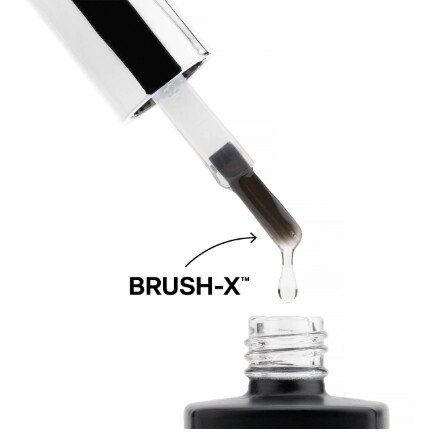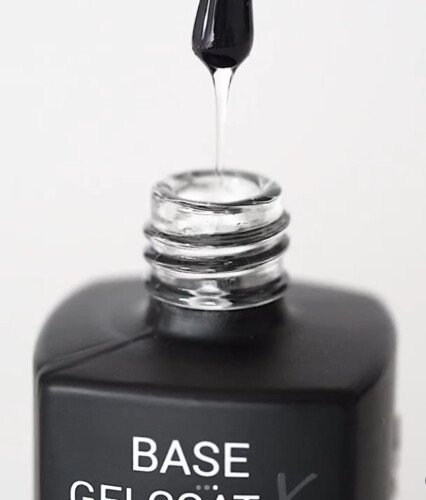Nail Supply
Discover What Rubber Base Gel Can Do for Your Nails
Ever deal with early gel polish lifts or weak nail beds? If you’re asking what is rubber base gel and how it can change your manicures, you’re in the right place. This flexible foundation blends strong adhesion with just enough stretch to protect your natural nails, setting you up for long-lasting shine.
Key idea: A rubber base coat gives you a durable, flexible anchor for any polish or enhancement.

Benefits of rubber base gel
Many nail techs choose rubber base formulas because they:
- Improve adhesion and reduce lifting (see does rubber base make nails stronger?)
- Flex with daily activities, cutting down on cracks and chips
- Self-level to hide minor ridges and imperfections
- Cure quickly under LED or UV lamps (learn more at does a rubber base need uv light)
Good news, this foundation is pretty forgiving even if your prep isn’t perfect—just stick to thin, even layers.
Compare rubber base with builder gel
Wondering how rubber base formulas stack up against sculpting gels? Here’s a quick look:
| Feature | Rubber base gel | Builder gel |
|---|---|---|
| Consistency | Light to medium, self-levelling | Thick, paste-like for freeform shaping |
| Flexibility | High, bends with natural nail movement | Rigid, holds sculpted arches |
| Primary use | Foundation under color or extensions | Building and sculpting nail enhancements |
| Removal | Soaks off in 5–10 minutes | Often requires filing before soaking |
For more detail, check out rubber base gel vs builder gel and the difference between rubber base gel and builder gel? You’ll see why one isn’t simply a thinner version of the other. And if you’ve ever asked is builder gel the same as rubber base, the short answer is no—they serve related but distinct roles.
How to apply rubber base gel
- Prep your nails
- Clean and dehydrate the plate with a pH-balancing cleanser
- Lightly buff to remove shine
- Apply a thin first layer
- Swipe from cuticle to free edge, leaving a small gap at the skin
- Cure under LED or UV light (follow manufacturer’s times)
- Add a second coat for extra strength, then cure again
- Finish with your favorite color and topcoat
Good work—you’ve built a strong foundation that helps every layer above stick better.
Quick recap and next step
- Rubber base gel gives you adhesion plus flexibility.
- It differs from builder gel in consistency and purpose.
- Thin layers and proper curing make all the difference.
Try swapping your regular base coat for a rubber-infused formula on your next set. You might notice fewer chips and longer wear right away—you’ve got this.
Frequently asked questions
- What are the main differences between rubber base gel and builder gel?
Rubber base gel is designed as a flexible foundation under color, while builder gel is thicker and meant for sculpting extensions. For a deeper dive, see the difference between rubber base gel and builder gel? - Is builder gel the same as rubber base?
No. Although both cure under LED or UV light, builder gel focuses on structure and volume, whereas rubber base gel offers elasticity and adhesion. Learn more at is builder gel the same as rubber base? - Does rubber base need UV light to cure?
Yes, you’ll need an LED or UV lamp to properly harden every layer. Find details at does a rubber base need uv light. - Can I use builder gel on natural nails?
You can, but its thicker consistency may feel bulky as a base. Many pros prefer rubber base for a sleeker foundation—read more at can i use builder gel on natural nails. - Can I use builder gel as a base coat?
Builder gels are best for enhancements rather than under polish, so skipping them as a base coat often yields smoother results. See guidelines at can i use builder gel as base coat.

